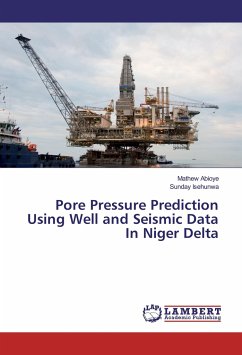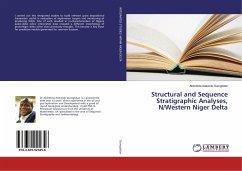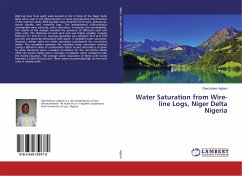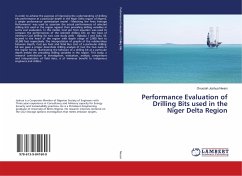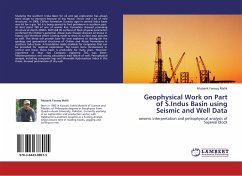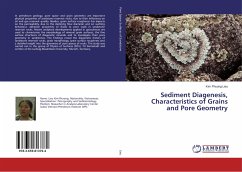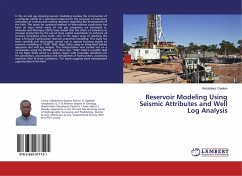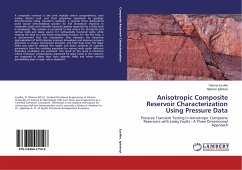Since data analysed are from Niger Delta, we make use of well log data by integrating the interval sonic transit time ratio, DeltaTn/DeltaTo into figure 4.17 below and generate the estimated pore pressure gradient for a particular field in Niger Delta. The generated pore pressure gradient can then multiply with its corresponding depth for pore pressure prediction at the desired point in Niger Delta. Conclusively; i. The model accurately predicted the top of overpressure and under-pressure in the reservoir correctly; this was possible after the interval sonic transit time ratio had been integrated. Also, the model predicted abnormal high pressure gradients up to 0.803 psi/ft while the predicted subsurface gradient down to 0.243 psi/ft. ii. The anisotropic factor was calibrated from seismic velocity and well logs sonic data of Three (3) wells in Niger Delta. The ratio is between 0.72 - 1.4, thus suggesting that there is alternating sandstone and shale zones in the reservoir rock. iii. The newly developed model can be use to estimate pore pressure gradient using interval sonic transit time ratio, with depth-dependent compaction trendline in a deepwater well in the Niger-Delta
Bitte wählen Sie Ihr Anliegen aus.
Rechnungen
Retourenschein anfordern
Bestellstatus
Storno

